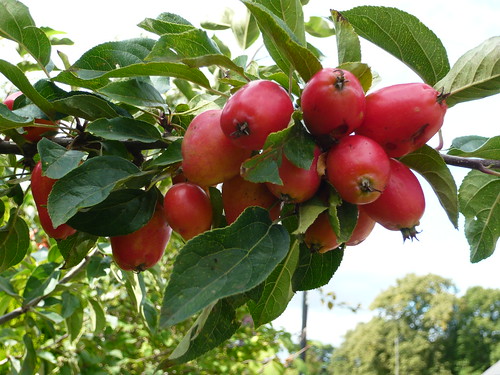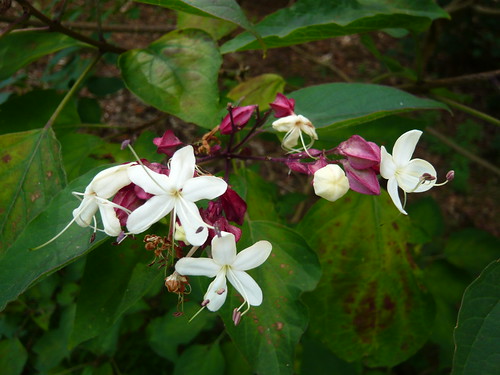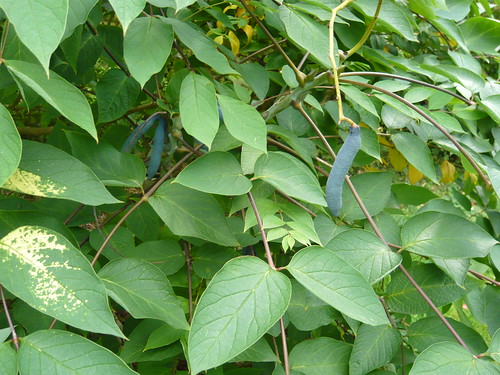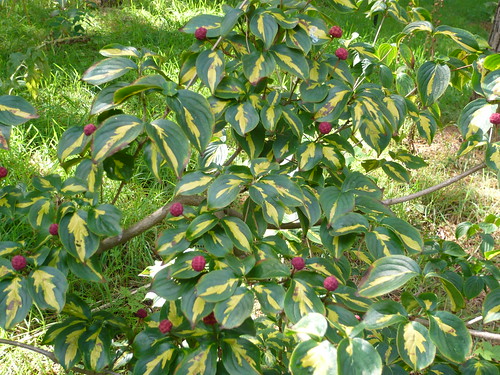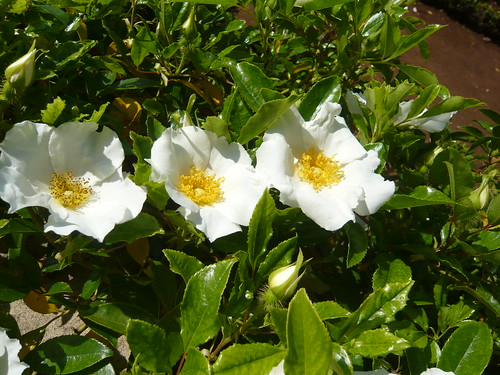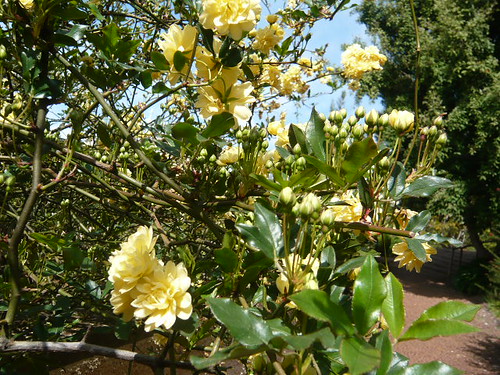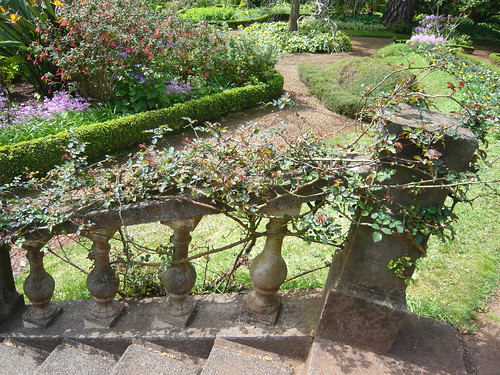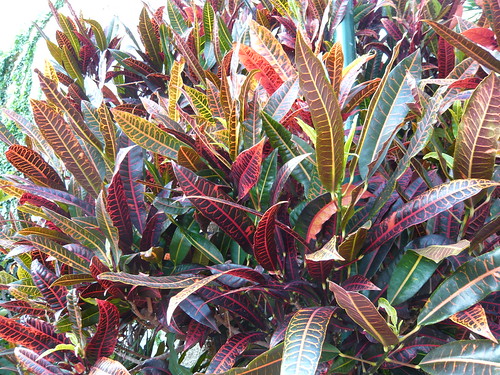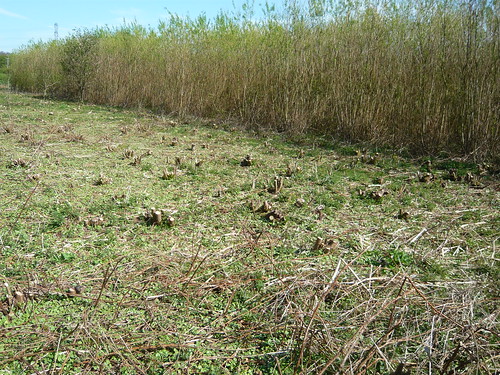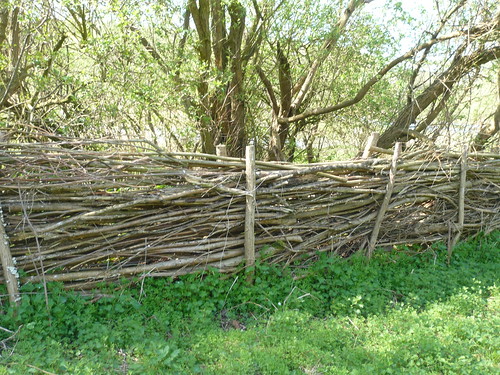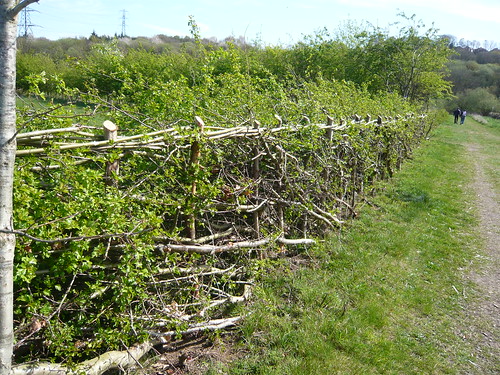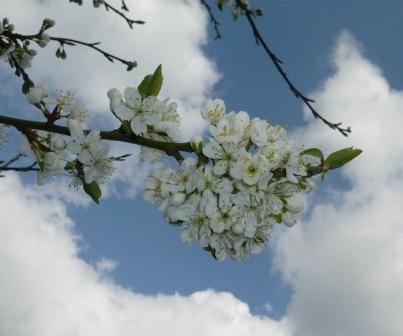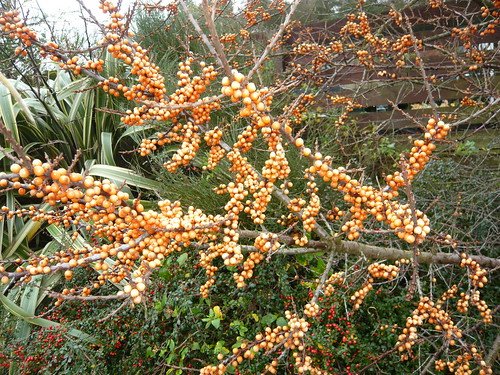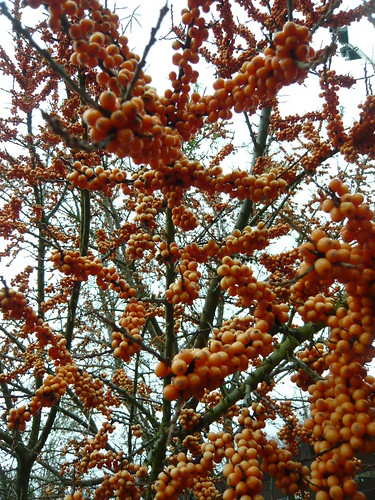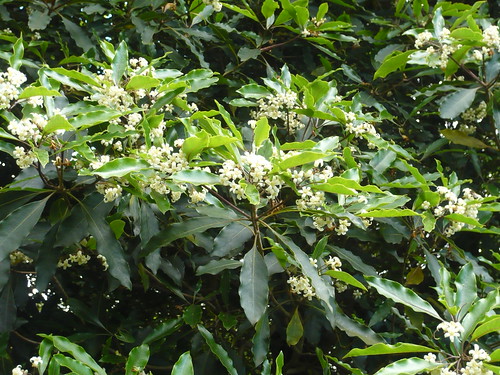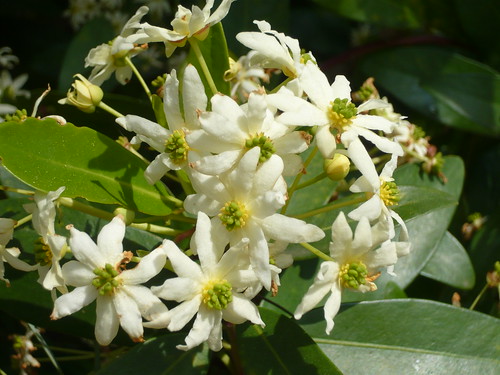Poplar Roundabout Felled in Sep-timber
In an oval roundabout in Menston a dozen Poplar trees were planted in the 1970s. As you can see only about half survive and these have been mistreated by polling them to restrict height.
What you may want to know about Poplars
- Poplars (Populus)Â are rapidly growing trees with shallow, spreading roots. Do not plant them near buildings.
- The Black Poplar (nigra) has a shortish life of around 30 years so I shouldn’t be surprised by the state of these trees.
- White Poplars (alba) are suckering trees with white woolly undersides to the leaf.
- Balsam poplars can grow 6 feet per year and have a balsamic scent.
- Female trees have long catkins but they are too high up these trees to see.
Poplar trees are usually felled in Sep-timber!


